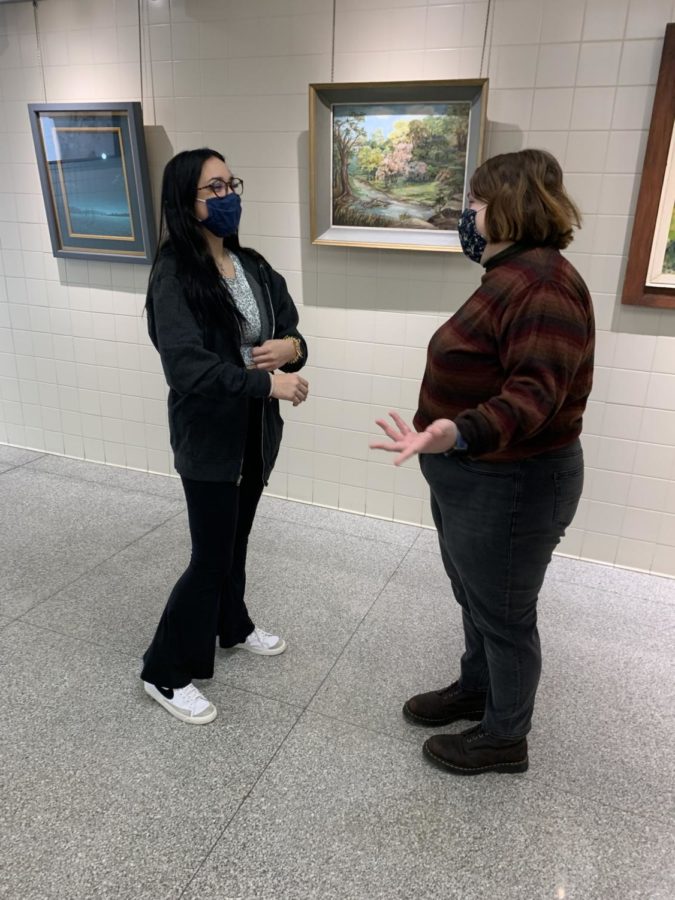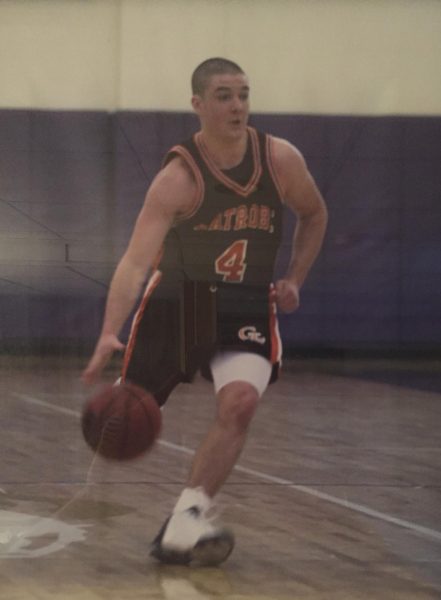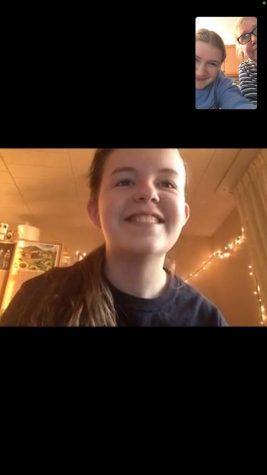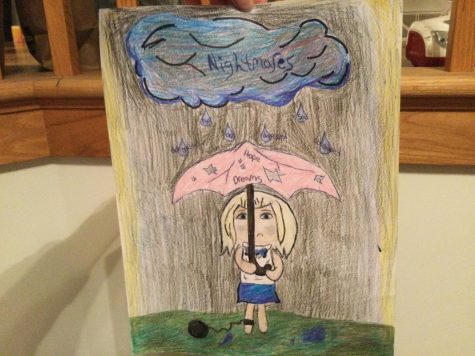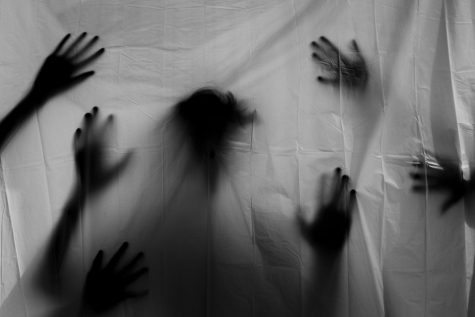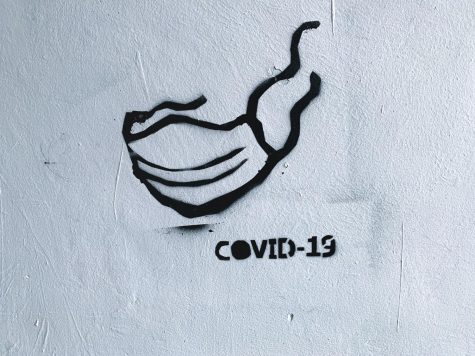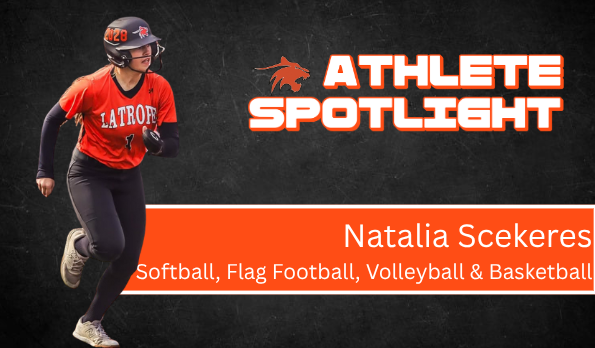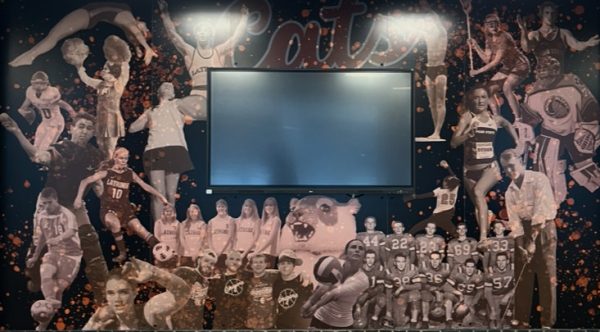Greater Latrobe Battles the Effects of COVID
Walking into S105 on Monday January 3, students expected to hear the bubbly personality of Ms. Echard in their Personal Finance or AP Statistics class. The typical “Hey, how are you!” sounded different. The distant voice sounded as if it were coming from the smart board in front of the room. Surely enough, Ms. Echard was on the smart board-two dimensionally. At first students were confused, but she explained that she tested positive for COVID and that her symptoms only consisted of congestion and a slight fever. Because her symptoms were not severe, she chose to teach synchronously from her home. It was nice for students to still have their teacher a part of the class, but the face-to-face interaction that is a vital part of her class was gone. Her humor, relatability, eye contact, and overall good vibe in the classroom was only partially there. The screen between her and her students made it impossible to feel like a normal class.
Since leaving school on March 13, 2020, the educational experience has not been the same. That infamous Friday the 13th changed everyone. Online, in-person, or hybrid learning, masks on-or-off, and multiple schedule changes have affected education. Entering the 2021-2022 school year, many thought school would return to normalcy. While school this year has not been hybrid or online, mask-wearing has changed from optional to mandatory and back to optional. A misconception entering the 2021-2022 school year was that COVID was nearing its end. However, with new variants like Delta and Omicron popping up, COVID cases have been on the rise. At the beginning of the second semester, the average number of cases per day in Westmoreland County was 596. Unfortunately, the Greater Latrobe community is not immune to the recent uptick in COVID numbers with nine active COVID cases among teachers and students in the high school the week of January 24-28.
Another challenge for learning or teaching online is the home environment. For Ms. Echard, she has to take into account her household, which could be distracting. The Echards were all quarantined for a five to ten day period depending on circumstances. 9-year-old Colton and 6-year-old Kendall, who attend Norvelt Elementary in the Mt. Pleasant School District, were quarantined with their mother. Trying to balance helping her kids with their school assignments and trying to teach from home created challenges.
The technology available to members of the Greater Latrobe School District, such as Google Classroom and Google Meet, made that process as viable as it could be.
“It’s nice to have the resources that we do to help sign in remotely and use Google Classroom to send students assignments,” she said, “Technology has helped a lot.”
Unlike previous experiences with online learning, the students and teacher were operating differently. Ms. Echard was online while her students were in school, which made the classroom environment unique. With Ms. Echard on the smartboard looking out to her students, she tried to make the classroom as typical as possible for her students. She did her best to keep the class active by calling on students and trying to talk to them through the Google Meet, but that could not replace the face-to-face interaction normally found in her classes. Even though she could still talk to students and teach, not being there in person hampered learning. Most classes consisted of shorter lessons than usual and then Khan academy videos or practice worksheets. Progress was not slowed to a halt in her classes, but it was not where it used to be. Nothing can replace the face-to-face interaction of a typical classroom.
The rising COVID numbers for all educational levels present a challenge of moving toward remote learning or staying in-person. At the University of Pittsburgh, students returned to school online for the first two weeks of the spring semester. Upper Saint Clair School District currently has a mask mandate in place, which created controversy among those in favor and against. Regardless, trying to balance safety with a productive school environment has been a challenge for almost two years.
Ms. Echard believes that a return to online could be handled better than before, but has its drawbacks. “People would be more knowledgeable on how to structure learning. The factor that wouldn’t be the same would be the motivation. Both teachers and students need human interaction to motivate themselves,” said Echard.
The motivation seems flat because of the flat screen in between a teacher and her students. This is especially important in AP Statistics and Personal Finance, which thrive on personal interactions with students that make the class engaging. Outside of learning the content itself, the biggest loss of remote learning is the human interaction that makes every day of school unique.
Owen Miele was quarantined the week of school after Christmas break. His home environment was affected and he felt symptomatic: fatigue, fever, congestion, and a cough. On January 7, 2022, the PA Department of Health no longer required students to quarantine if they were just a close contact. Instead, they could come to school if they wore a mask for the next ten days. This rule was not in place during Owen’s period of quarantine, which means he was required to quarantine for five days as a close contact.
He feels that the current COVID situation is heading toward a return to online learning. “I’m not sure what should happen anymore and I feel as if that’s the thoughts of many. Should we push through or just delay the inevitable of an outbreak? I’ll just go with whatever the school has planned,” said Miele.
Last year, Owen was a student who chose to be online for most of the school year. His experience with that differs from this year because some teachers aren’t hosting Google Meets or are paying less attention to those online, according to Owen. As of January 19, students are only provided with Google Meet links if they miss three or more days of school due to quarantine. This was changed as the quarantine period for positive tests moved down to five days from ten. Since Owen’s quarantine was before this date, it was not required for him to receive any Google Meet links. Not having the proper resources available to him, Owen felt educationally disconnected. As more students enter quarantine, the COVID director for GLSD will continue to address the variable circumstances and needs.
The struggles of Echard, Miele, and others in Greater Latrobe show the issues many face dealing with COVID. Whether it be from a teacher or student perspective, education has been greatly impacted by the recent rise of COVID cases.
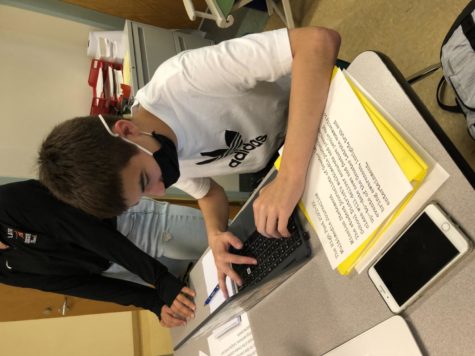
Michael Giorgianni, who goes by Mikey, is a senior at Greater Latrobe Senior High School. He has attended the Greater Latrobe School District throughout...


